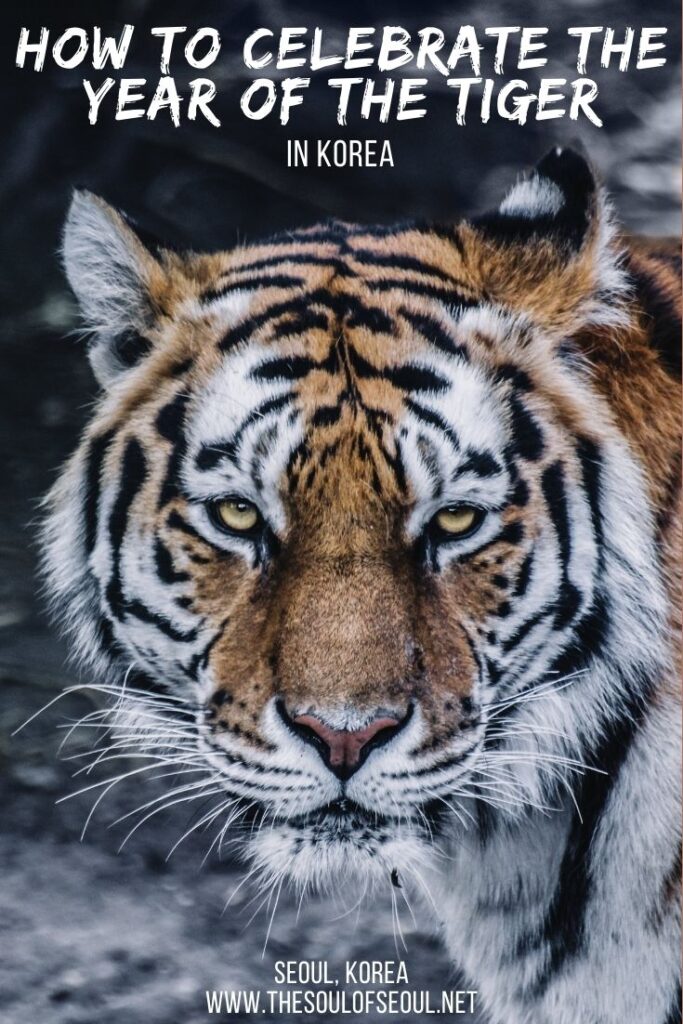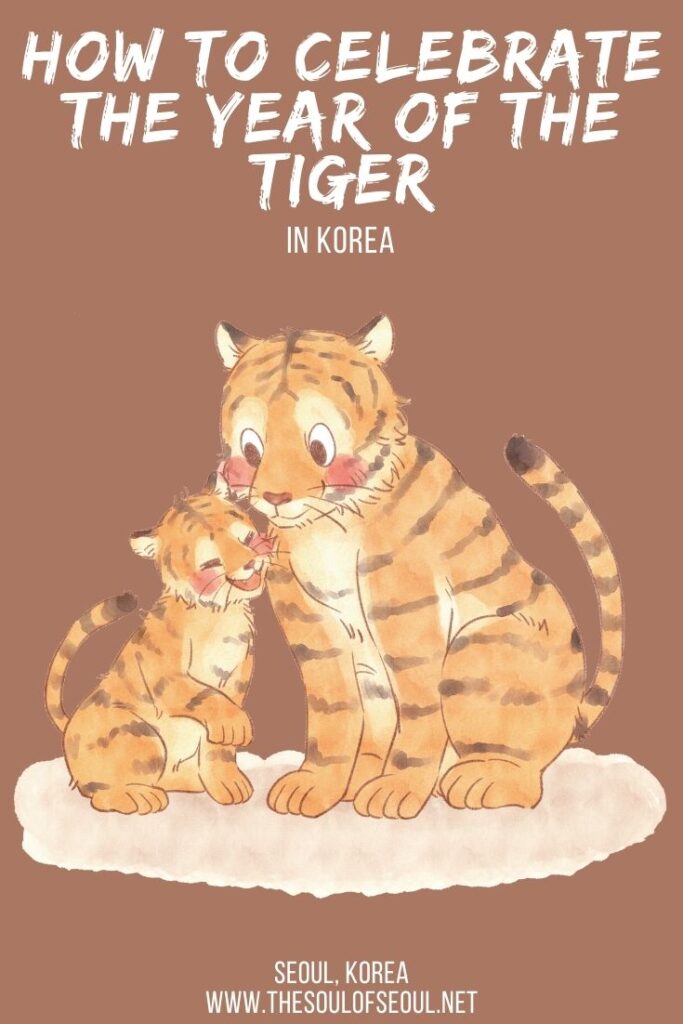How To Celebrate The Year Of The Tiger In Korea
Last Updated on January 23, 2024
Happy New Year! 2022 has begun and with it the Year of the Tiger, the black tiger to be precise. In Korean, this year is called “Iminnyeon”, 임인년, with “Im” meaning black, “in” meaning tiger, and “nyeon” meaning year. Korea is known as the “Land of tigers”. Tigers, which once roamed the Korean peninsula, are so ingrained in Korean history and folklore that you’ll even see Korea depicted as a tiger… it just takes a little imagination.
So, what does the Year of the Tiger mean? And, how can you celebrate the Year of the Tiger in Korea? Here’s what you need to know…

What to know about the Year Of The Tiger in Korea:
- The Tiger In Korean History
- The Tiger In Korea Today
- What Will The Year Of The Tiger Bring
- How To Celebrate
(This post contains affiliate links, which means I receive a certain percentage of a sale if you purchase after clicking at no cost to you. Thank you for your support.)
The Tiger In Korean History
Historically, the tiger symbolized bravery, strength, and power and was worshipped as a mountain god that guarded villages and was called sansin, sangun, or sansillyeong. You can see paintings and talismans with a tiger decorating it and was meant to ward off misfortune. In most folktales that you hear, the tiger was a mystical creature that was generous with favors.
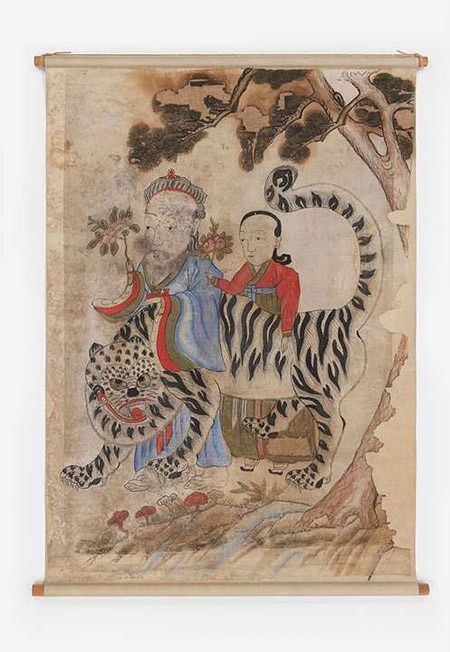
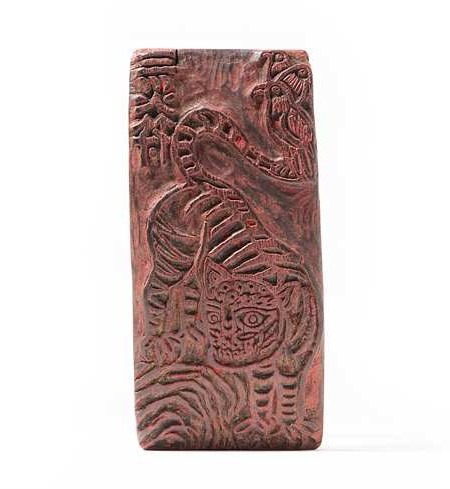
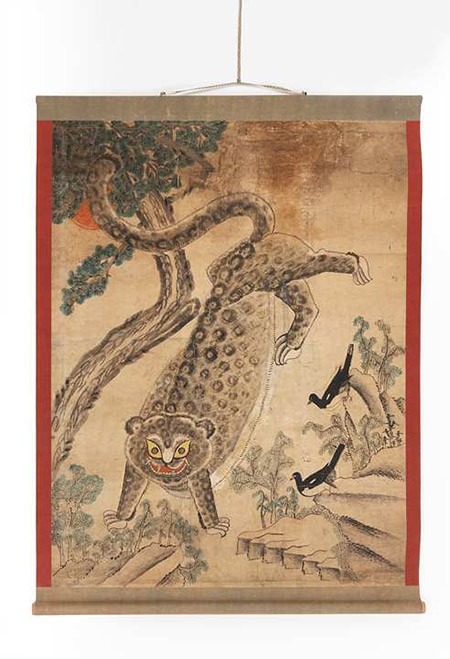
*Photos from the National Folk Museum of Korea
A tiger also appears in the Dangun myth “단군이야기” about the founding of Korea’s first kingdom, Gojoseon (2333 B.C. ~ 108 B.C.). In the story, Hwanung, the son of the heavenly king Hwanin, came down to Earth to live amongst people.
On his journey, he met a tiger and a bear that wanted to become humans. The two animals were given the task of waiting inside of a cave for 100 days surviving only on mugwort and garlic. Ultimately the bear was able to stand the test of patience and was turned into a human woman that Hwanung would marry. The pair had a child named Dangun who would then go on to establish the first Kingdom of Korea. In the end, the tiger was left to roam Korea and ended up in more folktales than the bear too.
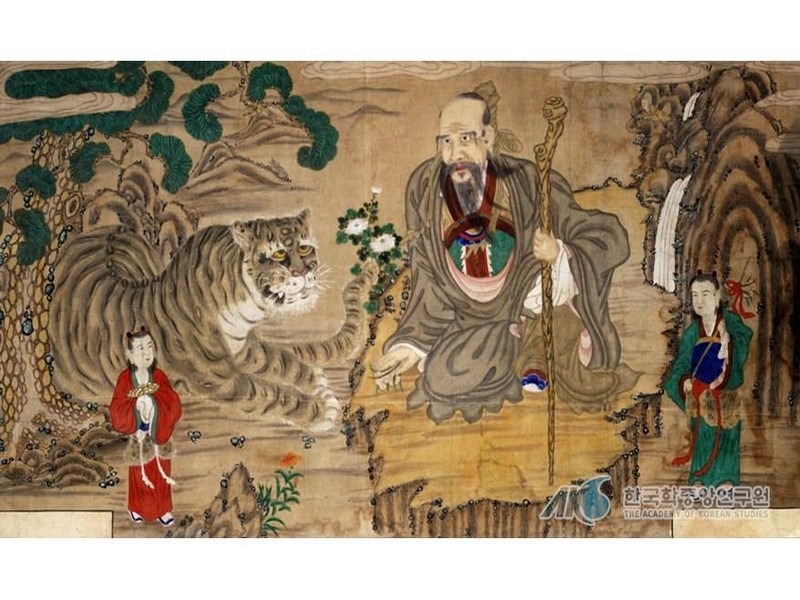
The tiger is so closely tied to Korean history that in those folktales, they often begin with the phrase ‘호랑이 담배 피우던 시절’, which means ‘in the time when tigers smoked’, in other words “a long long time ago”.


The Tiger In Korea Today
Today, the tiger is still very much a symbol of Korea. South Korea’s national soccer team is known as the tigers of Asia and they use a tiger emblem on their badges. The mascots for the Korean Olympics have been “Hodori”, 호돌이, an orange Siberian tiger for the 1988 Summer Olympics in Seoul and “Soohorang”, 수호랑, a white tiger for the 2018 Winter Olympics in Pyeongchang.

What Will The Year Of The Tiger Bring
People often wonder what each year represents and if the zodiac symbols can give us some hints of what is to come. The tiger is the third of the twelve animals in the zodiac. This year is the year of the black tiger. Black tigers tend to be energetic, brave, and adventurous so people are predicting that 2022 will be a positive energy filled adventure. Here’s hoping!
How To Celebrate
Visit The National Folk Museum Of Korea
Each year, the National Folk Museum of Korea is host to an exhibition at the beginning of the year devoted to the animal that will reign in the zodiac for the year. Until March 1, the exhibition is called “Land of Tigers”, 임인년 호랑이띠 해 특별전, and highlights tiger symbolism and its meaning in Korean culture. Learn about tigers in Korean folklore when you visit and see some beautiful and historical pieces of art. The exhibition runs until March 1, 2022.
- Address: 37 Samcheong-ro, Jongno-gu, Seoul (서울시 종로구 삼청로 37)
- Hours: November – February: 9:00am ~ 5:00pm; March – May: 9:00am ~ 6:00pm; June – August: 9:00am ~ 6:00pm on weekdays/7:00pm on weekends; September – October: 9:00am ~ 6:00pm
- Admission: FREE
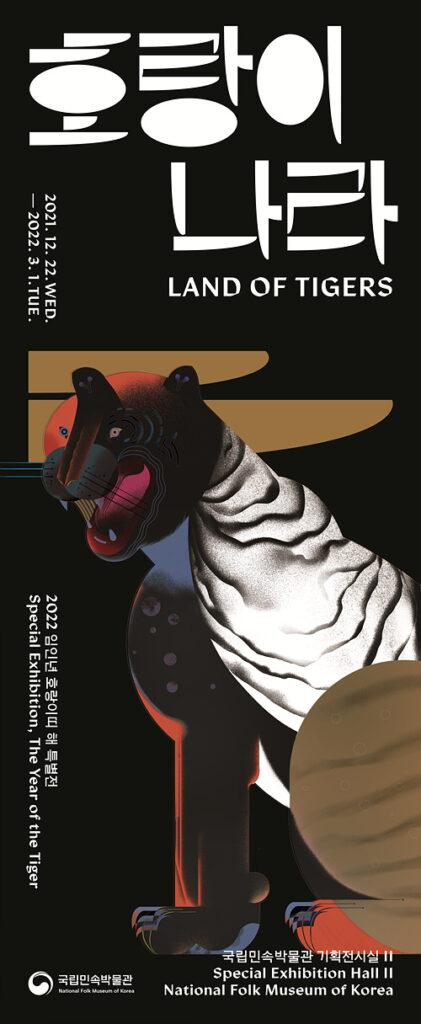
See What Awaits You In 2022 With A Saju Reading
Fortune telling is a pretty popular pastime for many in Korea. A form of entertainment, but also a guide for many life choices, having a Saju reading is an especially popular experience between December and February as people look to the new year. Saju is a practice that analyzes the cosmic energy at the hour, day, and year of a person’s death. You’ll want to go with someone who can help translate if you don’t speak Korean and want to understand fully, though there is a saju cafe in Hongdae that offers English translation services.
Jaeminan Jogakga (재미난조각가 타로&사주출장소)
- Address: 26 Wausan-ro 21-gil, Mapo-gu, Seoul (서울 마포구 와우산로21길 26 1층)
- Hours: Every day: 12:00pm ~ 2:00am
- Website: http://www.funnysaju.com/
2022 National Jeongdong Theater New Year’s Concert
The Jeongdong Theater is hosting their annual New Year’s concert (국립정동극장 신년음악회) the first week of January.
- Address: 43 Jeongdong-gil, Jung-gu, Seoul (서울 중구 정동길43)
- Concert: January 4, 2022; 7:30pm
- Running Time: 90 minutes
- Admission: W30,000
- Website: www.jeongdong.or.kr/
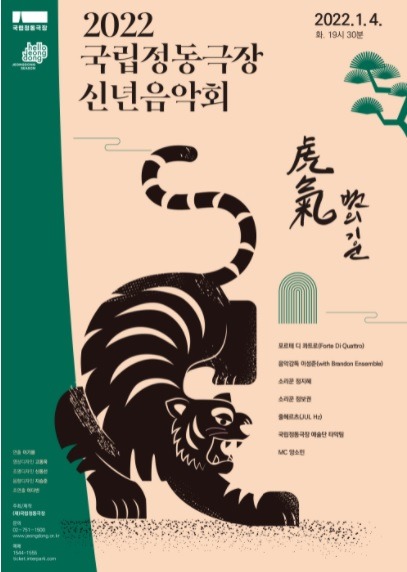
Happy Year of the Tiger to you and you and you! I hope we all have a good one.
Did you like this post? Pin IT!
